Rare Rides: The 1994 Ford Thunderbird Super Coupe, Fast Personal Luxury

We’ve been talking about Thunderbird often lately, whether it’s in a Buy/Drive/Burn, or a recent Rare Rides on the 007 Edition Thunderbird of 2003.
And earlier today the Internets served up a random ad for a teal 10th-generation T-bird in fantastic condition. Seems like a perfect opportunity to add it to our coverage of the long-lived personal luxury nameplate.
The ninth-generation Thunderbird, or “Aero Bird” as it was commonly called, was a relative revelation in the T-bird timeline. Coming from the downsized Fox-body version of 1980-1982, the new (still Fox-based) ’83 Thunderbird was larger, more modern, more powerful, and even spawned the exciting Turbo Coupe variant. Thunderbird was saved.
But by the late Eighties, the ninth-gen was looking a little aged, and Ford saw it was time to step away from the Fox platform with regards to personal luxury. An all-new 10th-generation debuted for the model year 1989, on the exciting new MN12 platform. Ford started development of the new platform in 1984, when it made an internal declaration that the next Thunderbird and Mercury Cougar be sophisticated enough to compete with European marques like BMW. To that end, the MN12 coupes (and later the FN Lincoln Mark VIII) were given an independent rear suspension amongst their other technical upgrades. They were the only domestic rear-drive cars with that feature outside the Corvette. Ford aimed high and wanted the edge in handling and performance over the front-drive offerings from GM.
For the new cars’ design, Ford relied once more on the VP of design at Ford from 1980 to 1997, Jack Telnack. He’d designed the ninth generation T-bird and Cougar as well. The new MN12 cars were sleeker and more rounded than the Aero Bird, and though they were shorter overall, had a nine-inch growth in wheelbase over the outgoing model. Less overhang, more performance.
Four different engines were on offer depending on the year, and at base was a 3.8-liter Essex V6 in naturally aspirated and supercharged variants (for the Super Coupe). Later, the 4.9-liter Windsor V8 was available (’91-’93), as well as the 4.6-liter Modular V8 (’94-’97). Transmissions were mostly automatic and included two versions of the four-speed AOD and a five-speed manual from Mazda. Shifting yourself was allowed only on the Super Coupe from 1989 to 1995.
The Super Coupe was popular at its debut and garnered a Motor Trend COTY award in 1989. The supercharged Essex engine had 12psi of boost at 5,600 RPM, which meant 210 horses and 315 lb-ft of torque. Aside from the engine, the Thunderbird “SC” featured different exterior cladding, fog lamps, electrically adjustable shocks, larger wheels, a limited-slip differential, and ABS brakes as standard that were discs at all wheels. Inside, there was an SC airbag cover, and leather-cloth mix sport bucket seats with serious adjustable side bolsters.
The Thunderbird was updated in 1994 and got a little longer at 200.3 inches overall. It also grew in width to 73.2 inches and got a bit heavier. Along with the visual updates for ’94, the Super Coupe had a number of engine changes which improved horsepower to 230. Ford management had already criticized the MN12 team at ’89 introduction for missing both weight and cost targets on the project and caused the project head to take early retirement.
Super Coupe went away after 1995, as the Thunderbird (and personal luxury coupes in general) were not long for the world. By 1996 Thunderbird was offered only as an LX trim. The last one rolled off the assembly line in September 1997 at the plant in Lorain, Ohio.
Today’s Rare Ride is a suitably teal Super Coupe from 1994. With its excellent condition, the 147,000 mileage figure comes as a surprise. Yours in Indiana for $6,500.
[Images: Ford]

Interested in lots of cars and their various historical contexts. Started writing articles for TTAC in late 2016, when my first posts were QOTDs. From there I started a few new series like Rare Rides, Buy/Drive/Burn, Abandoned History, and most recently Rare Rides Icons. Operating from a home base in Cincinnati, Ohio, a relative auto journalist dead zone. Many of my articles are prompted by something I'll see on social media that sparks my interest and causes me to research. Finding articles and information from the early days of the internet and beyond that covers the little details lost to time: trim packages, color and wheel choices, interior fabrics. Beyond those, I'm fascinated by automotive industry experiments, both failures and successes. Lately I've taken an interest in AI, and generating "what if" type images for car models long dead. Reincarnating a modern Toyota Paseo, Lincoln Mark IX, or Isuzu Trooper through a text prompt is fun. Fun to post them on Twitter too, and watch people overreact. To that end, the social media I use most is Twitter, @CoreyLewis86. I also contribute pieces for Forbes Wheels and Forbes Home.
More by Corey Lewis
Latest Car Reviews
Read moreLatest Product Reviews
Read moreRecent Comments
- Bd2 If I were going to spend $ on a ticking time bomb, it wouldn't be for an LR4 (the least interesting of Land Rovers).
- Spectator Wild to me the US sent like $100B overseas for other peoples wars while we clammer over .1% of that money being used to promote EVs in our country.
- Spectator got a pic of that 27 inch screen? That sounds massive!
- MaintenanceCosts "And with ANY car, always budget for maintenance."The question is whether you have to budget a thousand bucks (or euro) a year, or a quarter of your income.
- FreedMike The NASCAR race was a dandy. That finish…



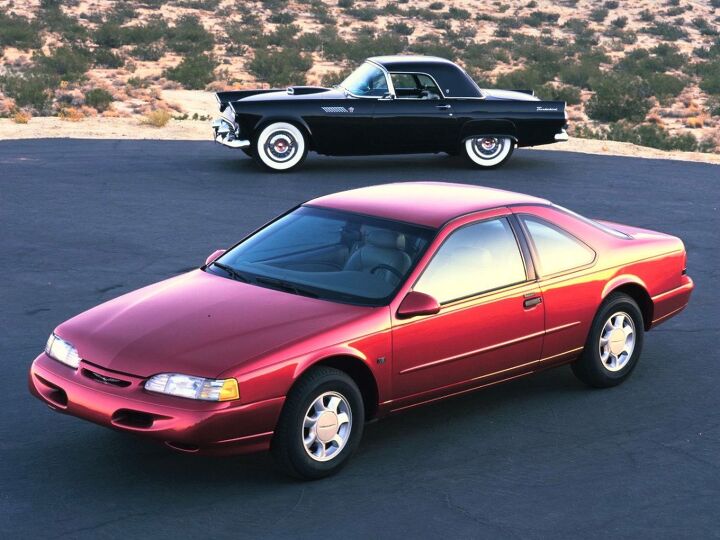

















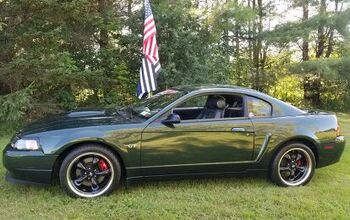
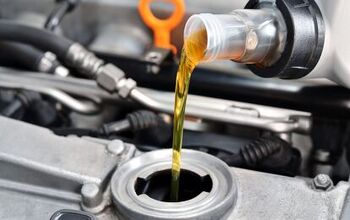
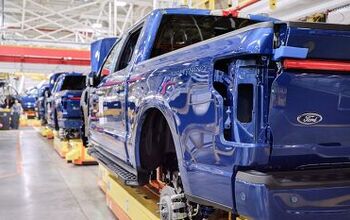
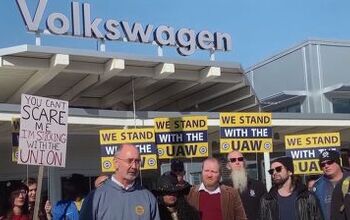
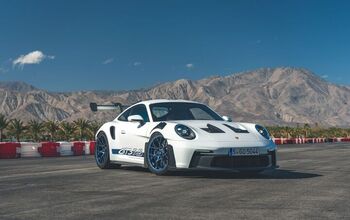
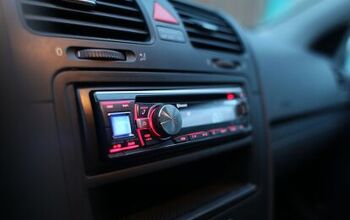
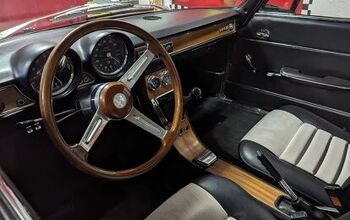
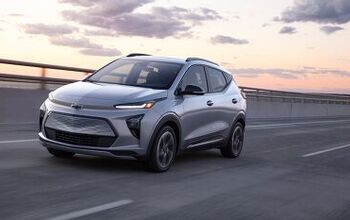

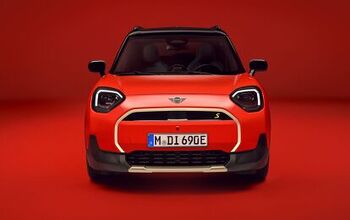
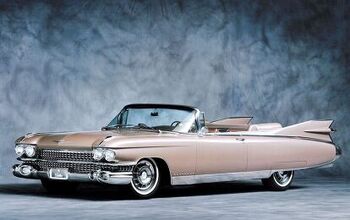
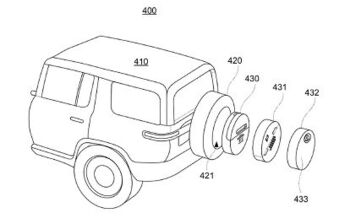
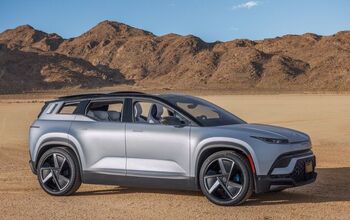
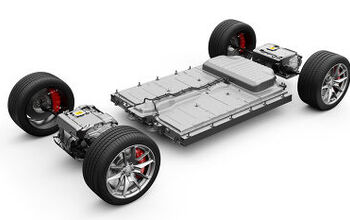
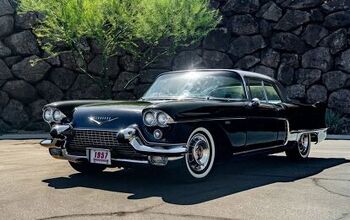
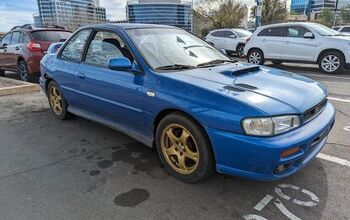
Comments
Join the conversation
The price has since been reduced to $6000.
In 1991 my wife had an eye on the Thunderbird. I was concerned about rear wheel drive in Michigan and Ford's less than stellar reliability, and convinced her to buy a Honda Accord LX. We never regretted that decision. later that year, I leased a 1991 Ford Taurus SHO and my wife's reliable Honda was used on multiple occasions to jump start the SHO.